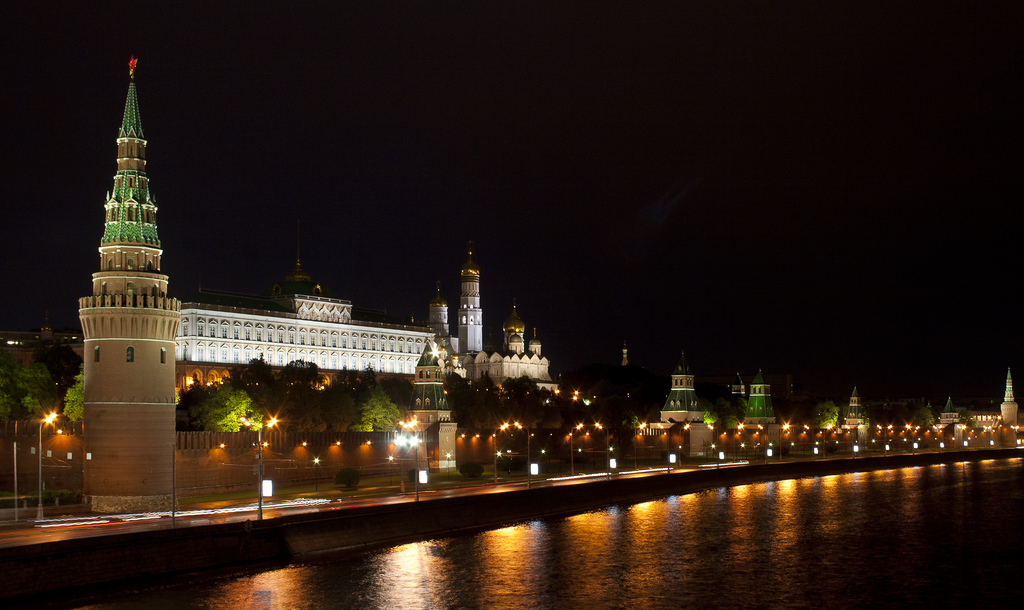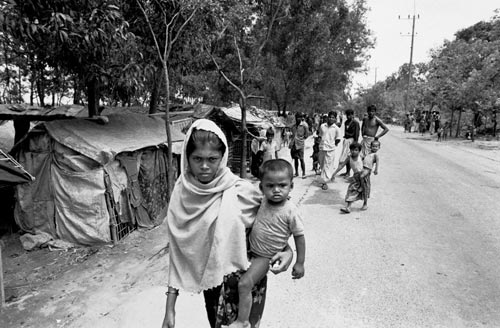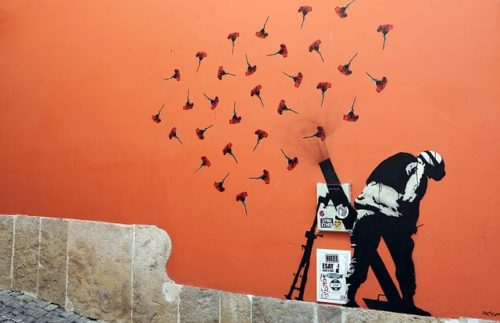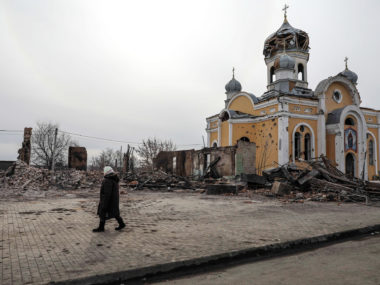Guest post by Maciej Bartkowski.
On September 6th, Twitter CEO Jack Dorsey and Facebook COO Sheryl Sandberg testified at the Senate Intelligence Committee about foreign influence and fake news. Among other issues, they spoke about ongoing influence operations on their platforms linked directly to Russia. In March 2018 alone, Twitter uncovered 18 active accounts linked to the notorious Russian Internet Research Agency (IRA)—indicated this spring by Special Counsel Robert Mueller—that were registered after the 2016 elections.
The origin of Russia’s populace-centric strategies can be traced back to the article by Valery Gerasimov, Chief of the General Staff of the Russian Armed Forces, published in 2013 in the Military Industrial Courier. Gerasimov later reiterated his ideas during a presentation at the 2014 Conference on International Security organized by the Russian Ministry of Defense. Gerasimov saw the populace-centric strategy as relying on the “protest potential” of the targeted population that can be manufactured and exported from abroad by manipulating campaign operations. In December 2014, the Security Council of the Russian Federation codified protests’ potential strategy into its new military doctrine. The doctrine acknowledged the importance of a new type of modern conflicts based on “nonmilitary measures implemented with the extensive use of the protest potential of the population, [including]…. political forces and social movements.”
Russia tested its populace-centric warfare when it stirred and exploited civilian-led protests in eastern Ukraine and the Crimea after a popular uprising brought down pro-Kremlin President Viktor Yanukovych in February 2014. By the time the US presidential campaign quickened its pace in 2016, the Kremlin-linked company IRA had already begun influencing the campaign via social media by targeting ordinary Americans and their “protest potential.”
So how can democratic societies push against foreign meddling in domestic elections? In my new study The Case for Civil Resistance to Russia’s Populace-Centric Warfare, I argue that an effective response to this type of challenge should be sought among socially-derived solutions; namely, in the form of a society mobilized and organized around civil resistance strategies and practice. More precisely, civil resistance offers a set of defensive and offensive civilian-based capabilities that democratic societies could deploy to effectively counter Russian meddling in democratic processes.
For instance, defensive civil resistance strategies might include:
- imparting truth-based practices;
- forging unity and nonviolent mobilization;
- establishing civil resistance infrastructure and culture of civic engagement;
- advancing civil resistance education.
Offensive civil resistance strategies, on the other hand, include:
- reaching out and extending solidarity to the population of the attacking regime with the goal of widening the legitimacy gap between an undemocratic regime and its people;
- increasing the number of nonviolent actors and actions with which the attacking regime must contend;
- integrating civil resistance readiness into society and into domestic and international policy and defense structures.
Different constituencies, ranging from activists, civil society groups, academia, media, policy and defense establishments, state agencies, and Western regional institutions can advance these defensive and offensive civil resistance strategies. These actors could use specific benchmarks to measure how well they do with developing and implementing civil resistance strategies in their democratic context. Such indicators could include:
- a noticeable uptick in the level of local and national nonviolent activism and civic participation that is independent of the government;
- inclusion of explicit references to civil resistance strategies in national defense and security doctrines and policies;
- institutionalization of civil resistance planning and mobilization against hybrid threats within select government agencies with assigned budget and staff;
- state-supported curriculum development and education on civil resistance at all levels of public schooling;
- development and execution of state and local drills simulating hybrid attacks and responses integrating civil resistance knowledge and practice;
- state-supported popular media entertainment and movie series that feature historic narratives of civil resistance and nonviolent campaigns that could establish a link between the tradition of nonviolent organizing and the contemporary scenarios where citizens respond to foreign stealth attacks with creative nonviolent campaigns using a wide arsenal of nonviolent resistance actions;
- national, regional, and global surveys that include questions on people’s readiness to partake in nonviolent resistance, and queries on preferences for specific nonviolent actions in response to specific types of hybrid attacks;
- establishment of cross-border partnerships and regional centers on hybrid threats and anti-hybrid solutions that utilize civil resistance strategies and the knowledge of grassroots mobilization and organization.
Any effective response to Russian efforts to erode democratic processes and institutions abroad must harness the most powerful weapon at the disposal of democracies: their independent societies. These open societies are vulnerable to attacks, but they also possess abundant forces of autonomous networks, mutual-help associations, civic institutions, and rights-based movements and campaigns. This often hidden and untapped power could be harnessed to counter Russia’s populace-centric warfare.
Dr. Maciej Bartkowski is a civil resistance expert and adjunct professor at the Krieger School of Arts and Science, Johns Hopkins University, where he teaches strategic nonviolent resistance. He is the author of Recovering Nonviolent History. Civil Resistance in Independence Struggles (Lynne Rienner, 2013); a white paper “Nonviolent Civilian Defense to Counter Russia Hybrid Warfare” (Johns Hopkins Krieger School, 2015).








1 comment